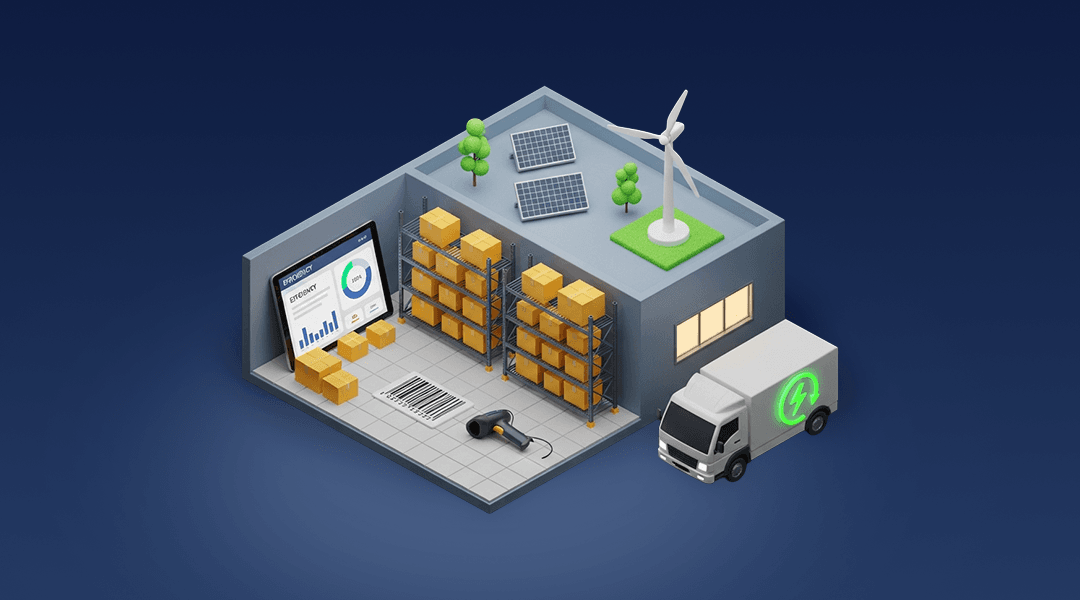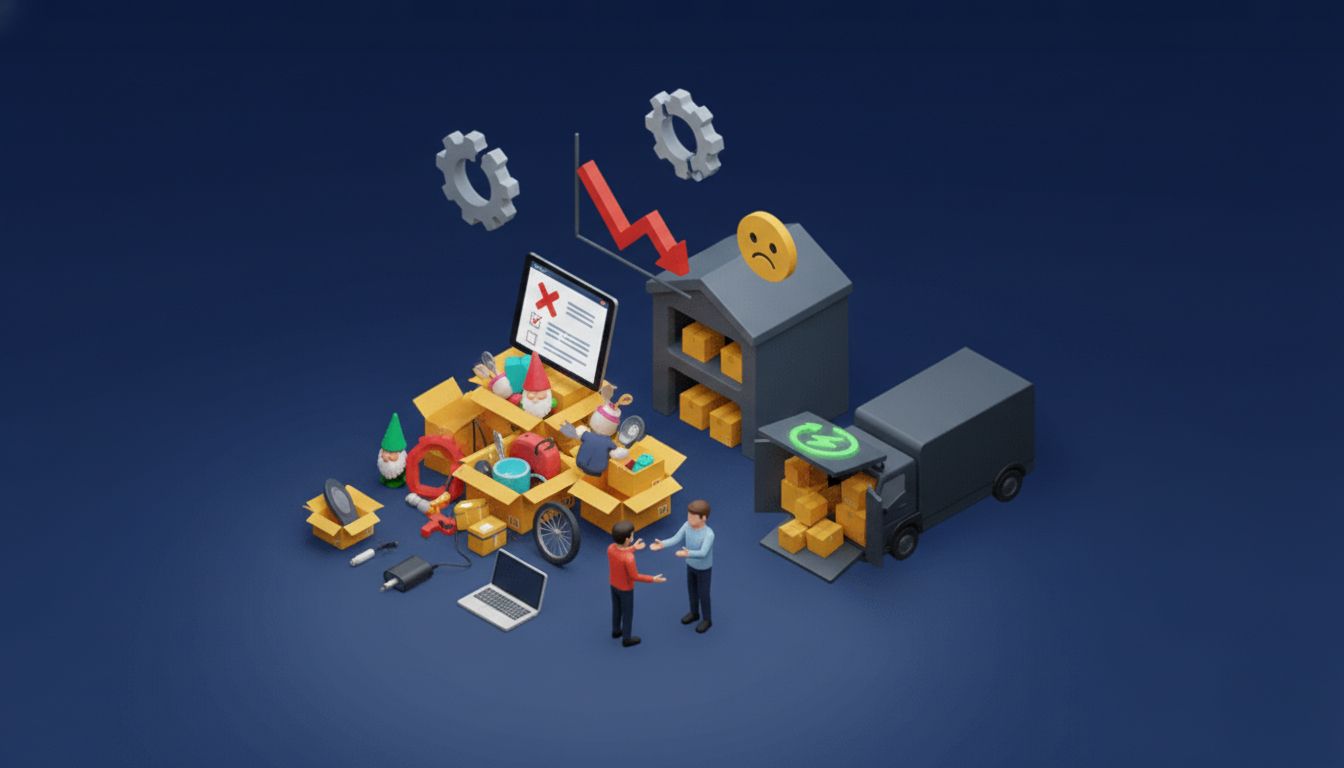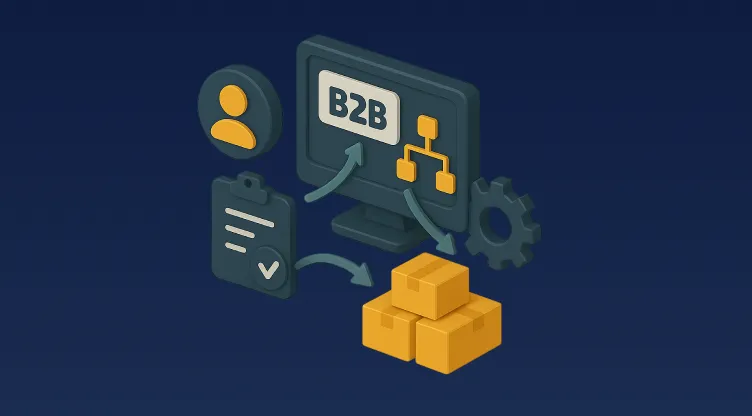Returns Portal: Giving customers self-service tools for returns status and label printing

Table of Contents
Snapshots of Smarter Returns
- Customers today want to handle returns on their own, without delays or lengthy support interactions.
- A Returns Portal provides instant access to return status and lets shoppers download or print labels effortlessly.
- Integrating reverse logistics with label printing automation strengthens the entire supply chain flow.
- Businesses in MENA adopting returns portals report fewer complaints and faster return handling.
- Automating post-purchase workflows reduces operational costs and improves service levels across Saudi Arabia, UAE, and Egypt.
Rethinking Post-Purchase Service in a Digital Economy
Across the MENA region, digital commerce is not just growing—it’s evolving. As e-commerce becomes more competitive, one key differentiator is emerging: how you handle returns.
Most businesses spend vast resources to attract customers. But very few design a thoughtful experience for what happens when a customer wants to return something.
This is a missed opportunity.
In fact, returns are now part of the modern buyer’s journey. People expect fast, transparent, and simple ways to return items—and they want to do it without calling customer support.
For businesses, enabling this shift means building systems that reduce manual touchpoints while giving the customer full visibility. That’s exactly what a Returns Portal delivers.
What Is a Returns Portal?
A Returns Portal is a web-based tool that empowers customers to manage their returns independently. It works like a digital help desk focused only on returns—no waiting, no emails, no confusion.
With just a few clicks, customers can:
- Choose what they want to return.
- Print or download a label.
- Select whether they want home pickup or store drop-off.
- Monitor the status of the return process.
- Get updates on their refund or replacement.
Instead of bouncing between support emails or courier websites, they have one place to manage it all.
Why a Returns Portal Is a Game-Changer in MENA Retail
Returns are especially challenging in MENA due to varied delivery methods, different courier ecosystems, and a large share of cash-on-delivery orders. Without automation, return handling becomes a costly manual task.
Here’s how a Returns Portal adds value across the region:
Enhances Customer Experience
By allowing users to manage returns themselves, businesses reduce waiting time and build trust. A customer who feels in control is more likely to return to shop again.
Optimises Reverse Logistics
Reverse logistics is the process of moving products from the customer back to the business. A well-integrated Returns Portal feeds into your logistics system, creating visibility from the return request to warehouse inspection.
Automates Label Printing
One of the most overlooked challenges in returns is generating shipping labels. With automation, labels are created instantly with order data and courier requirements already filled in. This ensures accuracy and avoids delays.
Reduces Pressure on Support Teams
Returns often flood support centres. A portal that handles these queries automatically can lower support tickets by as much as 40%, based on internal MENA market case studies.
How Label Printing Drives Return Efficiency
Label printing may sound like a small part of the return process, but it has massive implications for logistics. Labels that are incomplete or incorrect often lead to:
- Delays at the courier’s end.
- Misrouted packages.
- Errors in warehouse intake.
Automating label printing directly from the Returns Portal solves this. Customers receive a valid shipping label as soon as they start the return. No manual input. No mistakes. And most importantly—no waiting.
Regional Integration for Couriers
Couriers in Saudi Arabia, UAE, and Egypt often have their own labelling formats and service rules. A good system automatically adapts label templates based on the courier assigned, ensuring the return complies with local transport regulations.
Building a Smarter Reverse Logistics Process
Returns are not just about customer convenience—they are about supply chain performance. A well-managed reverse logistics system lets you:
- Receive returns faster.
- Regrade and restock usable items.
- Dispose of damaged goods correctly.
- Keep your inventory data accurate.
Using a Returns Portal that connects with your Warehouse Management System (WMS) and Transportation Management System (TMS) ensures that no returned item is lost or delayed. It also updates your stock levels in real time, helping you avoid overstocking or understocking situations.
From Return to Refund: The Portal in Action
Here’s how a modern Returns Portal works in practice:
Step 1: Return Request
The customer logs in, selects the product, and states the reason for the return.
Step 2: Label Creation
The system auto-generates a compliant label with all order details included.
Step 3: Pickup or Drop-Off
The user chooses to either drop off the item at a designated hub (BORIS) or schedule a pickup.
Step 4: Status Monitoring
Every stage—from pickup to warehouse delivery—is visible via the portal, providing full transparency.
Step 5: Grading and Inventory Update
Once the item reaches the warehouse, it’s inspected. If it passes quality checks, it is restocked. If not, it's flagged for disposal or resale through alternate channels.
Step 6: Refund or Credit
Depending on the payment method and company policy, the customer receives a refund or store credit—all without lifting the phone.
Why MENA Businesses Can’t Ignore Returns Portals
There’s a noticeable shift in customer behaviour. People in the region no longer see returns as a hassle. They expect them as part of the online shopping process.
Retailers who don’t meet this expectation will see higher churn, lower repeat purchases, and rising operational costs.
A smart Returns Portal helps avoid:
- Support overload during sales seasons.
- Inventory inaccuracies from mishandled returns.
- Reputation damage from frustrated customers posting online.
It also prepares your business for long-term efficiency, especially as MENA governments push for better digital infrastructure and consumer rights regulations.
Key Features to Look for in a Returns Portal
If you’re exploring a solution, here’s what matters most:
- Multi-language support (Arabic and English).
- Courier integrations with label automation.
- Custom return policies per item or category.
- Warehouse syncing for real-time inventory updates.
- Refund workflows that match local banking and e-wallet systems.
- Support for in-store returns (BORIS) and home pickups.
Use Case: Streamlining Returns for a Multi-Brand Retailer in KSA
One mid-sized fashion retailer in Riyadh recently integrated a Returns Portal into their operations. Before the portal, it took them an average of five days to approve a return and send a label.
After implementation:
- Return requests were approved in under 2 hours.
- Label printing was instant, with 100% courier compliance.
- Refunds were processed 40% faster.
- Customer complaints dropped by 60%.
Their team also reduced manual work by 35%, allowing them to focus on growing their product catalogue and marketing efforts.
Final Thoughts: Returns as a Brand Advantage
The way you handle returns says a lot about your brand. It shows whether you value the customer beyond the sale. With a self-service portal, you communicate that your company is ready to support every part of the shopping journey—not just the fun parts.
In MENA’s dynamic retail space, customers are not comparing your service to your direct competitor. They are comparing it to the best experience they’ve ever had. Whether that’s a global marketplace or a local startup, the bar has been set high.
A Returns Portal, powered by automation, label printing, and logistics integration, isn’t just a tool—it’s your way to stay competitive.
FAQs
How does label printing work in the Returns Portal?
Labels are auto-generated based on courier rules and printed instantly, reducing delays and errors.
Can this work for businesses with physical stores?
Yes. The system can support BORIS—Buy Online, Return In Store—allowing hybrid return flows.
Is the Returns Portal suitable for small businesses?
Absolutely. Small retailers benefit from faster returns and less dependence on manual handling.
Do customers need a login to use the portal?
Not always. Some portals support guest returns using order numbers and email verification.
Can it integrate with my current logistics providers?
Most modern systems offer integrations with leading couriers in the MENA region.
Discover the Smarter Way to Handle Returns
If you're ready to make returns less painful—for your team and your customers—it's time to explore Omniful's self-service Returns Portal. Designed for businesses in the MENA region, it offers seamless label printing, reverse logistics automation, and full control from start to finish.























